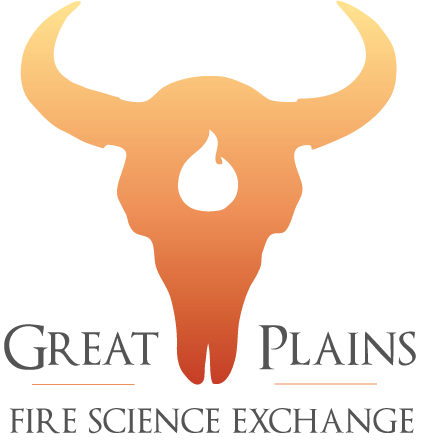Videos
Tobosagrass is a productive, but coarse and generally unpalatable grass. Distribution extends from western Texas through southern New Mexico to southeastern Arizona and north-central Mexico. An important characteristic of tobosagrass is perennial stems; these stems and the unpalatable nature of tobosagrass ensure that large quantities of standing dead grass accumulate. This manual describes management practices for tobosagrass rangeland.
Read MoreA new fact sheet for managing sand sagebrush in rangeland is available from Oklahoma State University. There is a nice section about fire; take a look.
Read MoreThis fact sheet describes the use of patch burn grazing (PBG) to alter fuel structure and continuity. Burning in this manner has the potential to slow the spread of fire, thus decreasing wildfire risk.
2013-20
Read MoreIf you are considering burning rangeland for the first time, you may think that a detailed planning process seems largely unnecessary. You may be thinking:
“I’ll wait until after frost and burn out the southwest 40 acres of the back pasture. If I burn when there’s no wind, I won’t need any help. I can drive the cows to the other side of the Section Pasture and shoot a gun a few times to scare out the deer so they won’t burn up. And the belly-high broomweeds should burn hot enough to kill most of the mesquite, whitebrush, and prickly pear.”
Wait a minute—this thinking contains at least eight misconceptions, including those dealing with timing, wind, help, fuel, expected brush kill, grazing management, the size of the burn, and its impact on wildlife habitat. If you burned using this plan, you would probably never burn rangeland again on purpose because of the risks taken and the potential for disappointing results.
Effective planning well in advance is vital for achieving the beneficial effects of a prescribed burn. The elements of a plan are described in Extension publication E-37, Prescribed Range Burning in Texas, which is available from your county Extension agent or on the web at http://agrilifebookstore.org.
This publication from Texas A&M Agrilife Extension contains more information and a checklist to use when planning a prescribed burn.
Read MoreIt is well-known that fire has historically played an important role in creating and maintaining ecosystems in the Midwest. In landscapes where fire has been suppressed or where invasive and exotic plant species have taken hold, prescribed fire is a useful tool for restoring native plant communities.
This management technique can be valuable for increasing suitable habitat for some herpetofauna. However, there is a growing body of evidence that it may also be damaging to resident populations of reptiles and amphibians. When planning prescribed fires, habitat managers should consider the needs of all parts of existing floral and faunal communities. Maintenance of native animal populations, particularly vulnerable, rare, or threatened species, deserve as much attention as the manipulation of plant communities toward a predetermined goal. To assist land managers concerned about the impacts of fire on herpetofauna, the Midwest Partners in Amphibian and Reptile Conservation (PARC) provide the following recommendations to promote effective use of prescribed fire in ecosystem restoration.
Read MoreWatch this video to see a demonstration using hay bales to show how prescribed fires are conducted.
Read MoreThis fact sheet is a description of small burn demonstrations that can be developed for teaching students about fire. With a sandbox, show arena, and some dry hay, Dave Redden developed this method for reaching school children and 4-H members.
2014-02
Read MoreThe linked fact sheet helps to clarify the various ways that wind speed is measured. Texas regulations for wind speed are also described
2014-14
Read MoreFor years, fire department administrators have struggled to find an alternative to having firefighters ride on the outside of a moving vehicle to spray wild fires.
Using a remote control nozzle is one alternative. Following research and design, the Kansas Forest Service Fire Shop has produced the first Kansas Forest Service remote wildland fire monitor. Its components are readily available and inexpensive.
Read More
